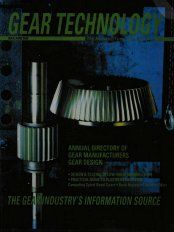This article offers an overview of the practical design of a naval gear for combined diesel or gas turbine propulsion (CODOG type). The vibration performance of the gear is tested in a back-to-back test. The gear presented is a low noise design for the Royal Dutch Navy's LCF Frigate. The design aspects for low noise operation were incorporated into the overall gear system design. Therefore, special attention was paid to all the parameters that could influence the noise and vibration performance of the gearbox. These design aspects, such as tooth corrections, tooth loading, gear layout, balance, lubrication and resilient mounting, will be discussed.
